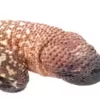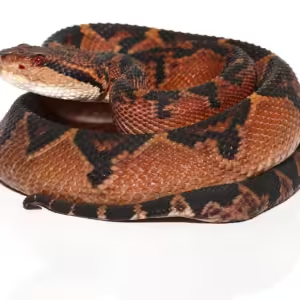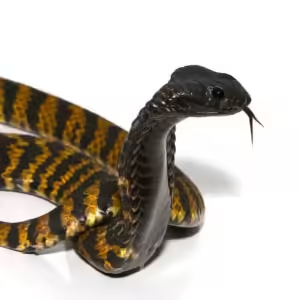Horned Pit Viper For Sale
$949.99
HORNED PIT VIPERS FOR SALE. HERE ARE SOME HIGHLIGHTS:
- Protobothrops cornutus
- Captive Bred
- Male And Female Pair
- Approximately 15 – 22 Inches In Length
- Adults Can Get Up To 5 – 6 Feet In Total Length
- Feeding On Frozen Thawed Or Live Hopper Mice
- *These Are Venomous. Please Know Your State Laws Before Inquiring As Some States Require Venomous Permits*
FUN FACTS!
- Very Toxic Venom, Not For Handling
- Tropical Species Requiring Temperatures From The Low 80s To Low 90s And Daily Misting
- This Is An Obscure Species Is Found In Northern Vietnam, Into Southern China.
- These Can Live Up To 15 – 20+ Years In Captivity
- Some States Require Venomous Permits Please Know Your State Laws Before Inquiring




















Reviews
There are no reviews yet.